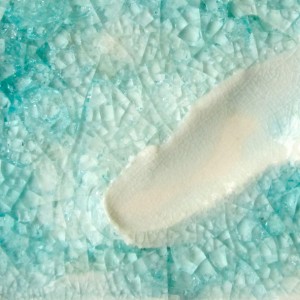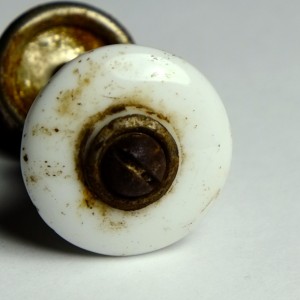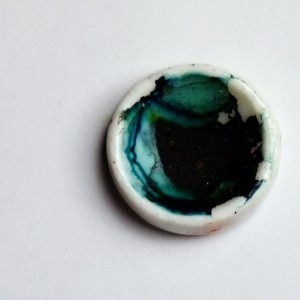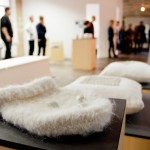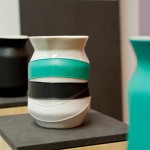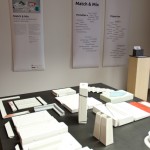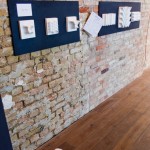Porcelain has many facets: depending on its shape and thickness it may appear fragile and almost transparent at times and strong and sturdy at others. Althugh porcelain isn‘t exactly a modernist material, its popularity is still unabated. This is primarily due to its exceptional characteristics.
Apart from its charming appearance, it‘s mainly the almost inexhaustible formability that makes porcelain outstanding. But which opportunities arise when porcelain is contrasted or combined with the flexibility of silicone, the softness of fabric, the transparency of glass, the roughness of wood or the precision of sharp-edged metal?
This is the starting point of a project of the Product Design course at Berlin University of the Arts. The students explored which other materials could be merged with porcelain – whether loosely connected or well knit. In search of the various possibilities of compatibility, the designers had to face both technological and aesthetic challenges. In an extensive experimental phase they developed product concepts for mixing porcelain with other materials. In addition to presenting the results of the course, the exhibition at Porcelaingres also provides insight into the origination process.
Opening: 12 February 2014 , 7pm at Porcelaingres
Exhibition: 13 February to 28 March 2014
Monday to Friday, 2-6 pm
Showroom Porcelaingres | Mehringdamm 55 / Sarotti Höfe | 10961 Berlin
A student project in the winter semester 2013/14 at the department of Product Design at Berlin University of the Arts
Participants:
Philip Arhelger, Uli Feuersänger, Martin Klingner, Dominik Kopatz, Anna Möbius, Gunnar Petersen, Florian Röger, Hannes von Wild, Yuka Watanabe
Supervised by:
Guest Prof. Claudia Zachow
Dipl.Des. Nina Farsen
Dipl.Des. Petra Akrap (Workshop)
Foto Aktuell: Anna Marszal

